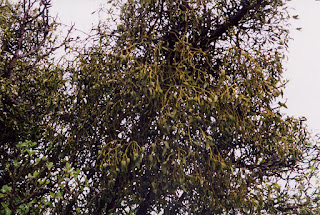 |
| Melancholy Thistle Image: P. Stroh |
Last month saw a new venture for BSBI: the launch of Byron's Gin, which is now the society's official gin. For every bottle sold, Speyside Distillery, producers of Byron's Gin, will be making a contribution to help fund BSBI's training programme to help support our next generation of botanists.
Byron's Gin came about thanks to Andy Amphlett, BSBI's County Recorder for Banffshire, following a botanical survey Andy carried out in the area around Speyside Distillery in the Cairngorms National Park. Andy went on to work with distillery manager Sandy Jamieson to craft two separate gins, each with a distinct flavour thanks to the botanicals used.
Speyside Distillery CEO John Harvey McDonough said, “The result is two very unique and different gin expressions that will be loved by sophisticated palates. The gins capture both the taste of the Cairngorms National Park and the decades of shared knowledge and passion by two experts in their respective fields.
“We have wanted to add to our portfolio of premium spirits for some time and with all these wonderful botanicals on our doorstep, we saw an opportunity to create something a world away from our single malt whisky.”
 |
| Byron's Gin: Bird Cherry and Melancholy Thistle Image: A. Amphlett |
Those botanicals were sustainably collected from the distillery gardens and environs, with the exception of Juniper, an essential ingredient of gin but which is no longer abundant enough in the area to allow for sustainable collection.
We'll be able to tell you more about these botanicals in a series of monthly blogposts about Byron's Gin. But for now, we can tell you that:
- Bird Cherry gin includes Lemon-scented fern, Lady’s-bedstraw, Rowan, Wild Thyme, Juniper and Blaeberry.
- Melancholy Thistle gin includes Sweet vernal-grass, Scots pine, Juniper, Rowan, Downy Birch and Aspen.
You can read more about the flora of the Cairngorms National Park on Andy's Banffshire webpage.

























